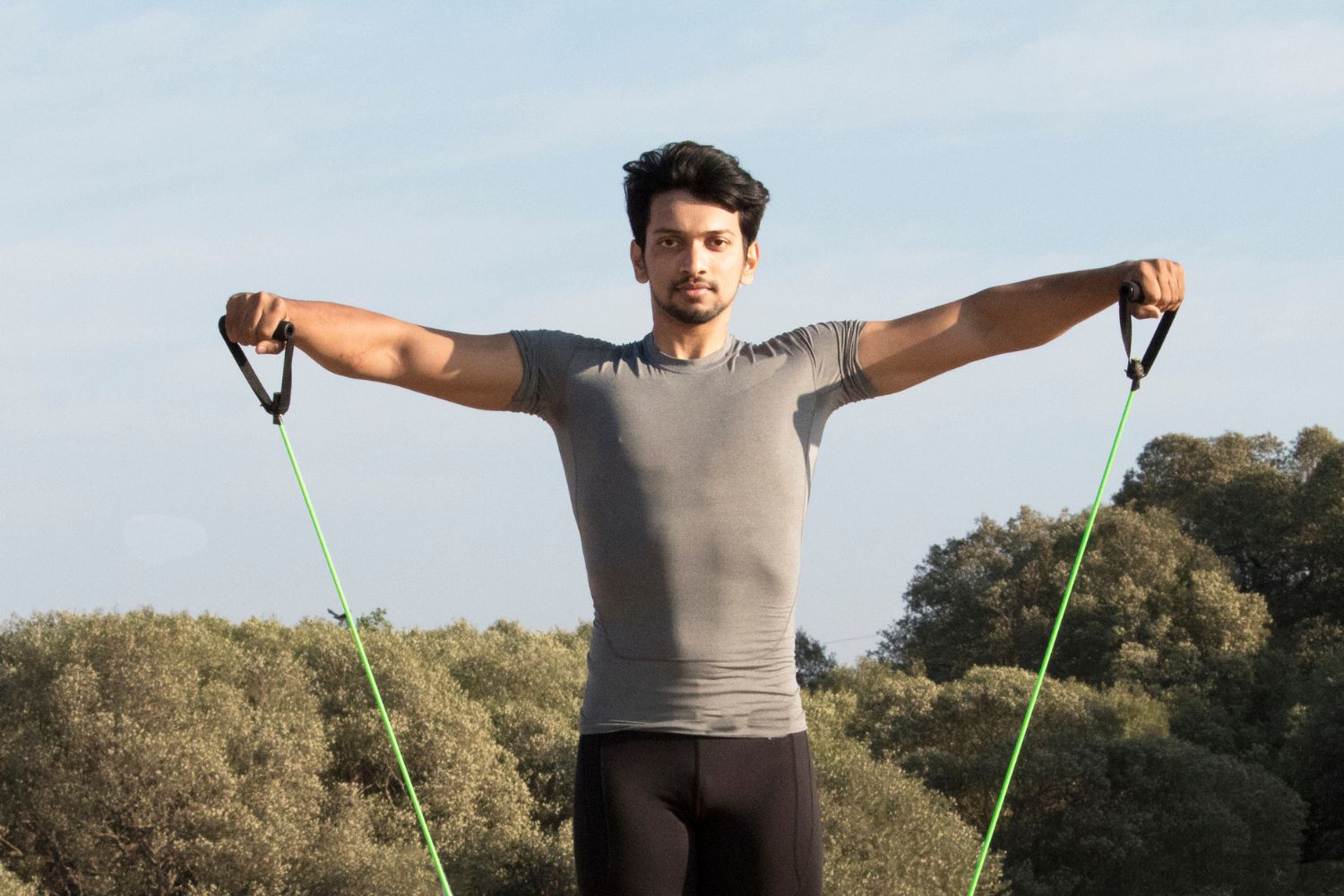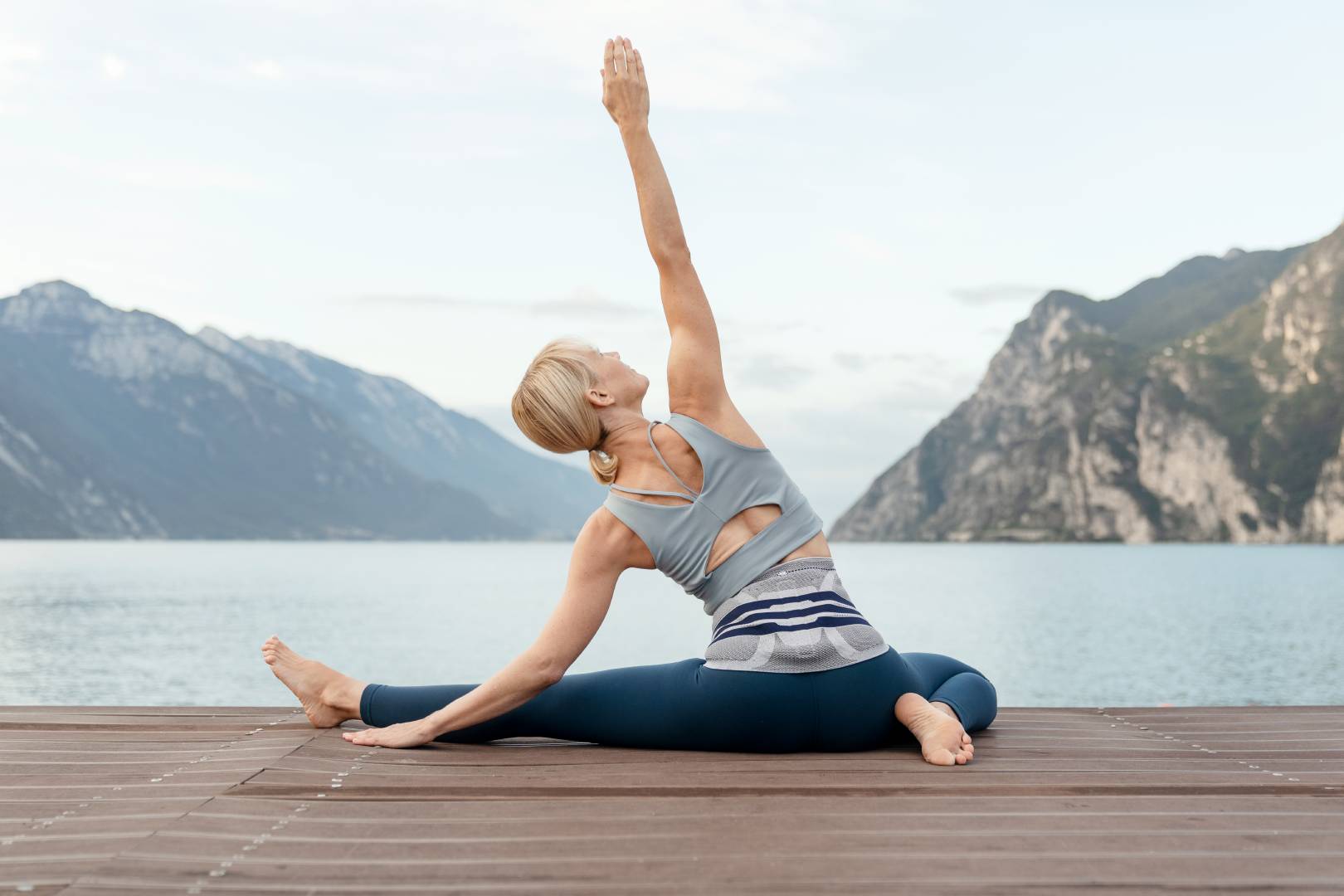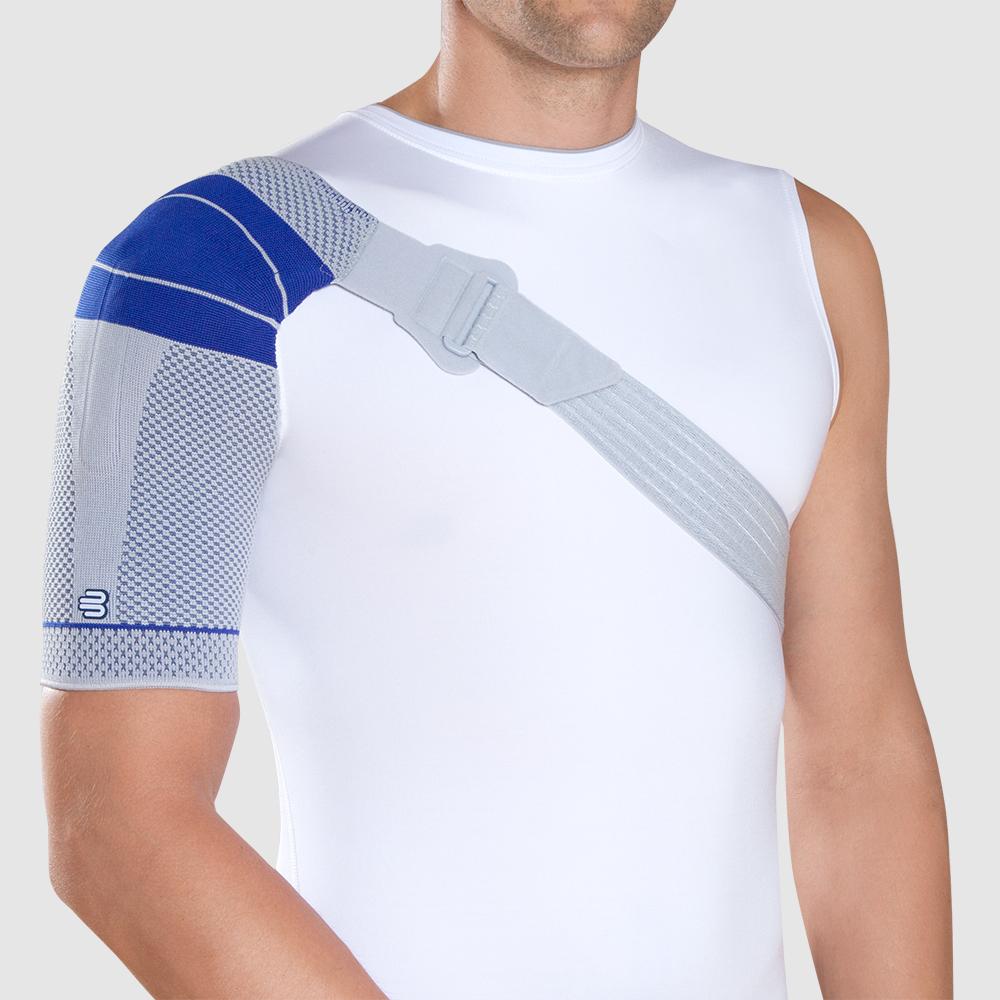We use our shoulders a lot in sports and daily life. A condition that causes pain when you move or put pressure on the joint is an unwelcome addition to anyone’s routine. Fortunately, while shoulder bursitis can be quite limiting, there are steps you can take to address it. So, without further ado, here are the 7 best shoulder bursitis exercises and other key steps to help you manage this condition.
Anatomy of shoulder bursitis
Shoulder bursitis affects the bursae in your shoulder. These are tiny, fluid-filled sacks sitting in between bony structures and soft tissues like tendons to prevent the soft tissues from rubbing against bone. The bursae can handle a lot of friction. But overuse, acute injury, and even infection can cause them to grow lumpy and thicken, leading to discomfort when you try to move the shoulder.
With bursitis, you’ll usually get the following symptoms:
- Discomfort or pain when laying on your side, rotating your arm, and pulling or pushing doors and other objects.
- Swelling around the affected area
- Bruising
- Tenderness
The best exercises for shoulder bursitis
Exercise is one of the best remedies for joint pain. And according to a meta-analysis in Science Direct, it’s one of the most effective ways to relieve shoulder bursitis pain. Simply put, overuse injuries like this are often the result of muscle weakness and muscle tension. They also often cause stiffness and impact proprioception (your ‘awareness’ of how you move the joint). Exercises that activate, strengthen and stretch the muscles will be good additions to your routine.
Posterior cuff stretch
This exercise targets the back of your rotator cuff to relieve muscle tension.
- Stand up straight
- Bring your affected arm across your body, placing that hand on the back of the opposite shoulder. You should feel a pull across the back of your shoulder.
- Hold for 15 to 30 seconds.
- Repeat 2 to 4 times.
- To deepen the stretch, gently press your free hand against your upper arm right by the elbow.
Doorway stretch
This stretch targets the pectorals, the muscles running across your chest and connecting to the shoulder.
- Stand in an open doorway.
- Place your palms flat on each side of the doorway. Bend your elbows and place your hands at or just below shoulder height.
- Step forward with one foot until you feel a slight pull across your chest and the front of your shoulders. DO NOT lean forward.
- Hold for 30 seconds.
- Release and repeat 3 times.
Shrugs
While they may not look like much, shrugs are good, non-strenuous way to strengthen and stretch the rotator cuff.
- Stand up straight.
- Raise your shoulders as much as you can toward your ears.
- Hold for a couple of seconds.
- Release and repeat 10 times.
Internal rotations
You might remember this one from our Swimmer’s Shoulder article. Internal rotations strengthen and stabilise your shoulder and improve your range of motion.
- Secure a resistance band to a pole at a height just lower than your chest.
- Put a rolled towel between your ribs and your elbow, using your elbow to hold it firmly in place.
- While gripping the other end of the resistance band, rotate your arm at the elbow until your forearm crosses your body.
- Complete 10- 15 reps.
External rotations
This exercise is essentially internal rotations backwards. Instead of pulling the resistance band from the same side inward, you pull it from the opposite side outward.
Lat pull down

Your lats may not technically be in the shoulder, but they play an important role in keeping the ball of your shoulder joint in its place. If the ball is out of alignment, it can pull on tendons and press up against the bursae. The lat pull-down strengthens these muscles.
- Sit at a lat pull machine and face the bar. Alternatively, you can affix a resistance band to a door frame. During the exercise, your hands should be positioned slightly wider than your shoulders.
- Pull the bar down toward your collarbone.
- Hold the bar in that position for 1-2 seconds.
- Push your shoulder blades down and back as you move through the pull.
- Slowly return to the starting position.
- Complete 8-10 reps
Note: this exercise can aggravate shoulder bursitis symptoms, so ensure you have the proper form, don’t pull with too much resistance, and keep your reps low to start.
Wall push-ups
These help stabilise the shoulder girdle, the bony ring formed by the intersection of the clavicle and scapula bones.
- Stand facing a wall
- Without moving your shoulders, stretch your arms out in front of you and place your palms flat against the wall, shoulder-width apart.
- Move your feet back until you’re in a plank position. Your body should be in a straight line from head to heels.
- Slowly lower yourself toward the wall, stopping when you almost touch it with your nose.
- Press back up to the starting position.
- Repeat 10 times
Beyond shoulder bursitis exercises
Exercises for shoulder bursitis can alleviate symptoms and get your bursae back down to a normal size. But they aren’t the only thing you should be doing to address the condition. When managing any type of injury, it's always best to take a holistic approach.
Get a shoulder bursitis brace

OmoTrain S
A quality shoulder brace like our OmoTrain S helps in several ways.
- Medical-grade compression knit activates your muscles, helping them act as better supports for the joint and relieve some pressure on the bursae.
- The knit also reduces inflammation by limiting the formation of edemas (your body’s inflammatory agents).
- Its specialised gel pad works with the knit to massage and relieve pain.
Ice and heat
Applying an ice pack to the area for 15 minutes a few times a day will reduce swelling. Using a heat pack, meanwhile, will help reduce muscle tension. Ideally, you should ice injuries for the first 3 days and only heat them after the 3-day mark.
Mind your position
Avoid leaning on your elbows for long periods, as this can agitate the bursae. And for that same reason, don’t sleep on the affected side. We’d also recommend working on your sitting posture; slouching forward pulls on the backs of your shoulders.
To sum up
Shoulder bursitis can be a painful condition to develop. But you can manage it with some key changes. Wearing a quality shoulder brace, minding how you position your arms and shoulders, and incorporating shoulder bursitis exercises into your daily routine are all great ways to take some pressure off irritated bursae.






















